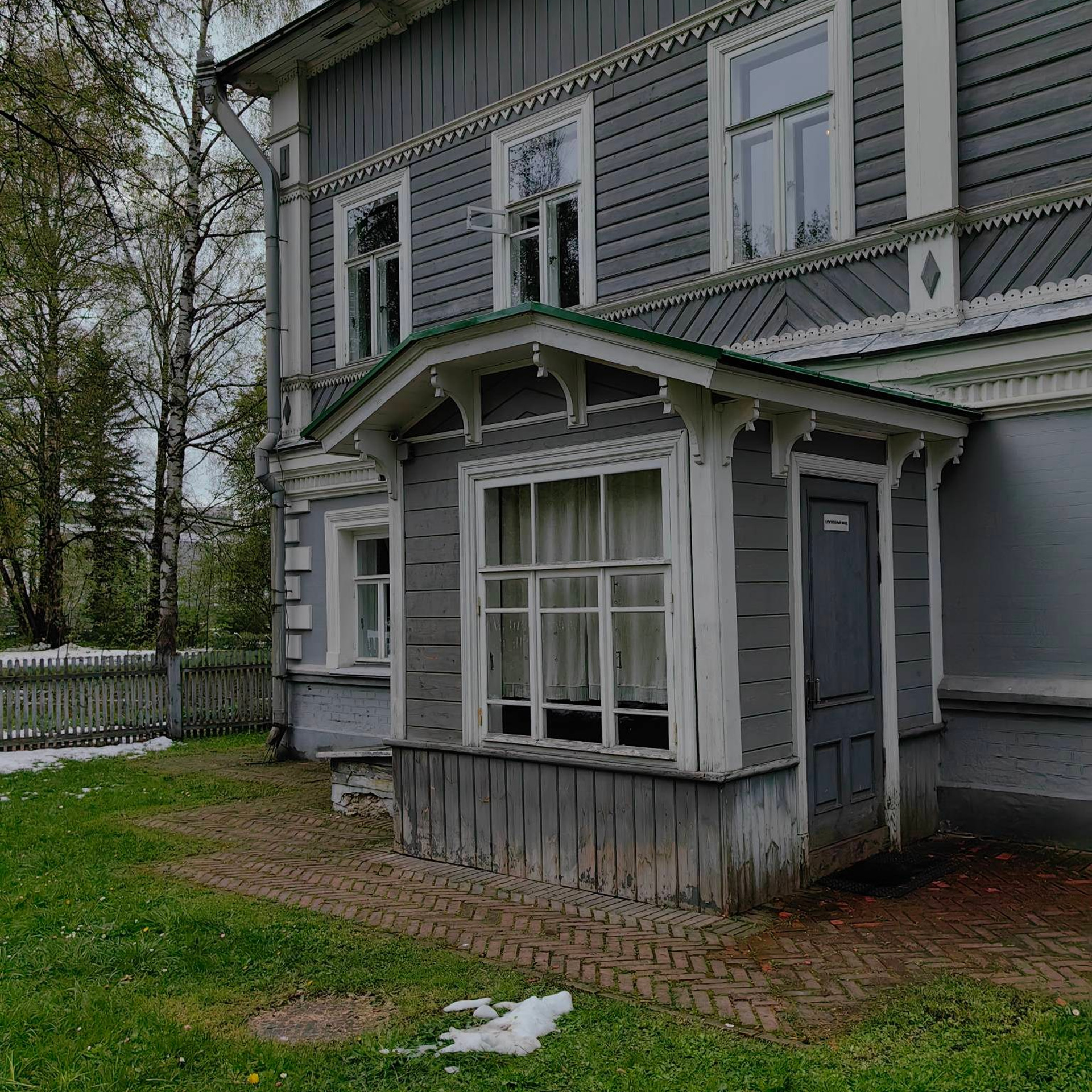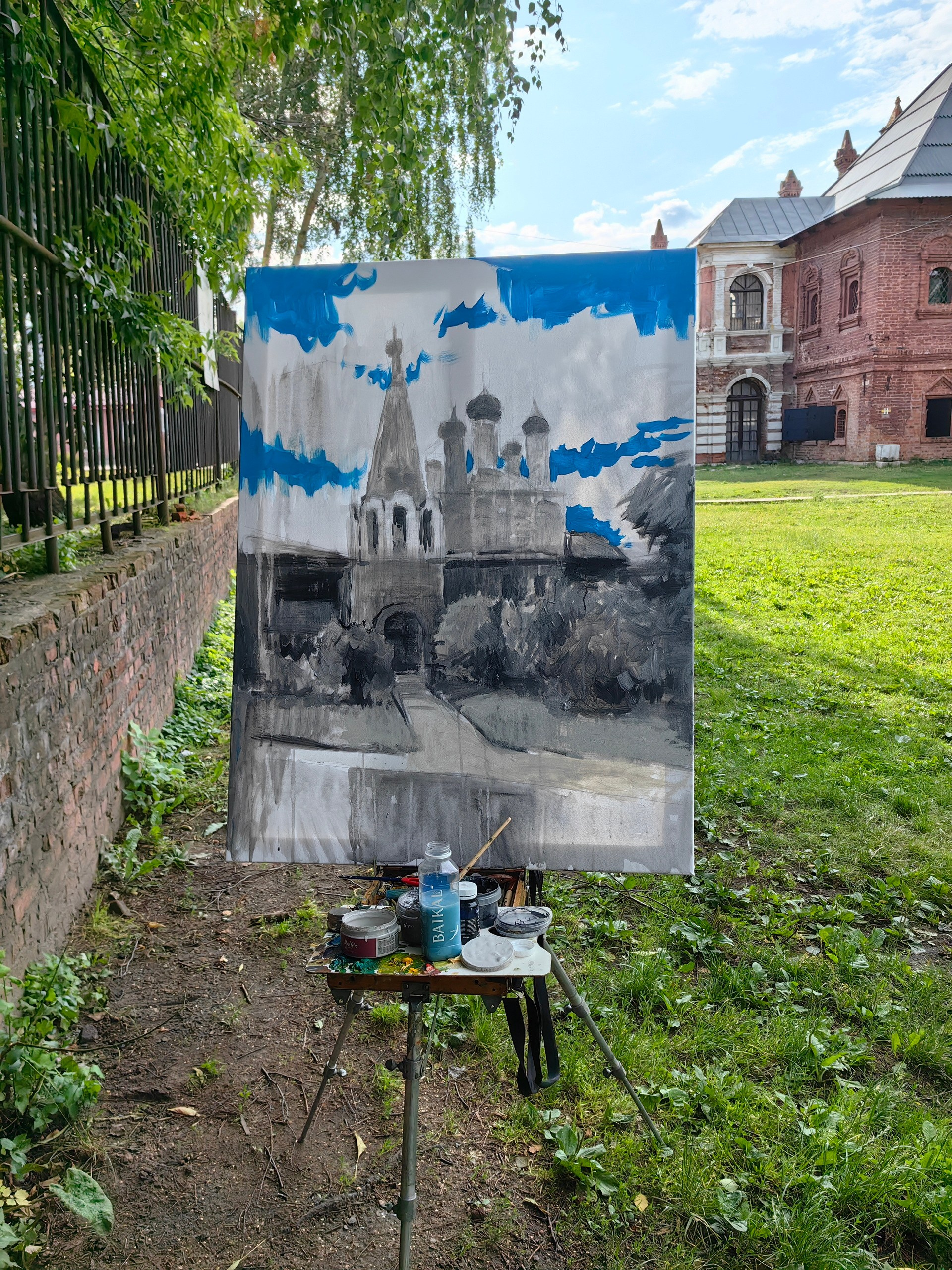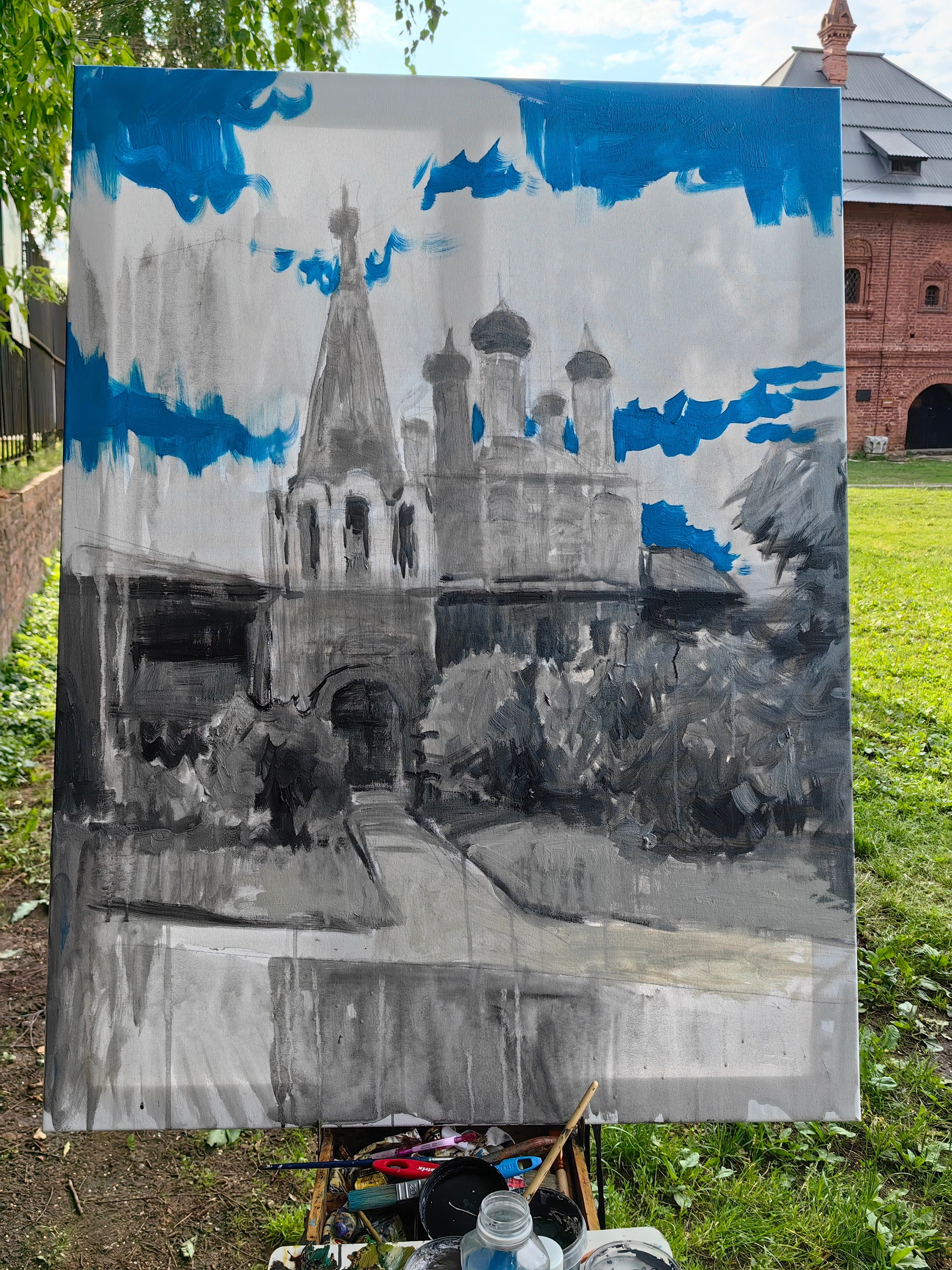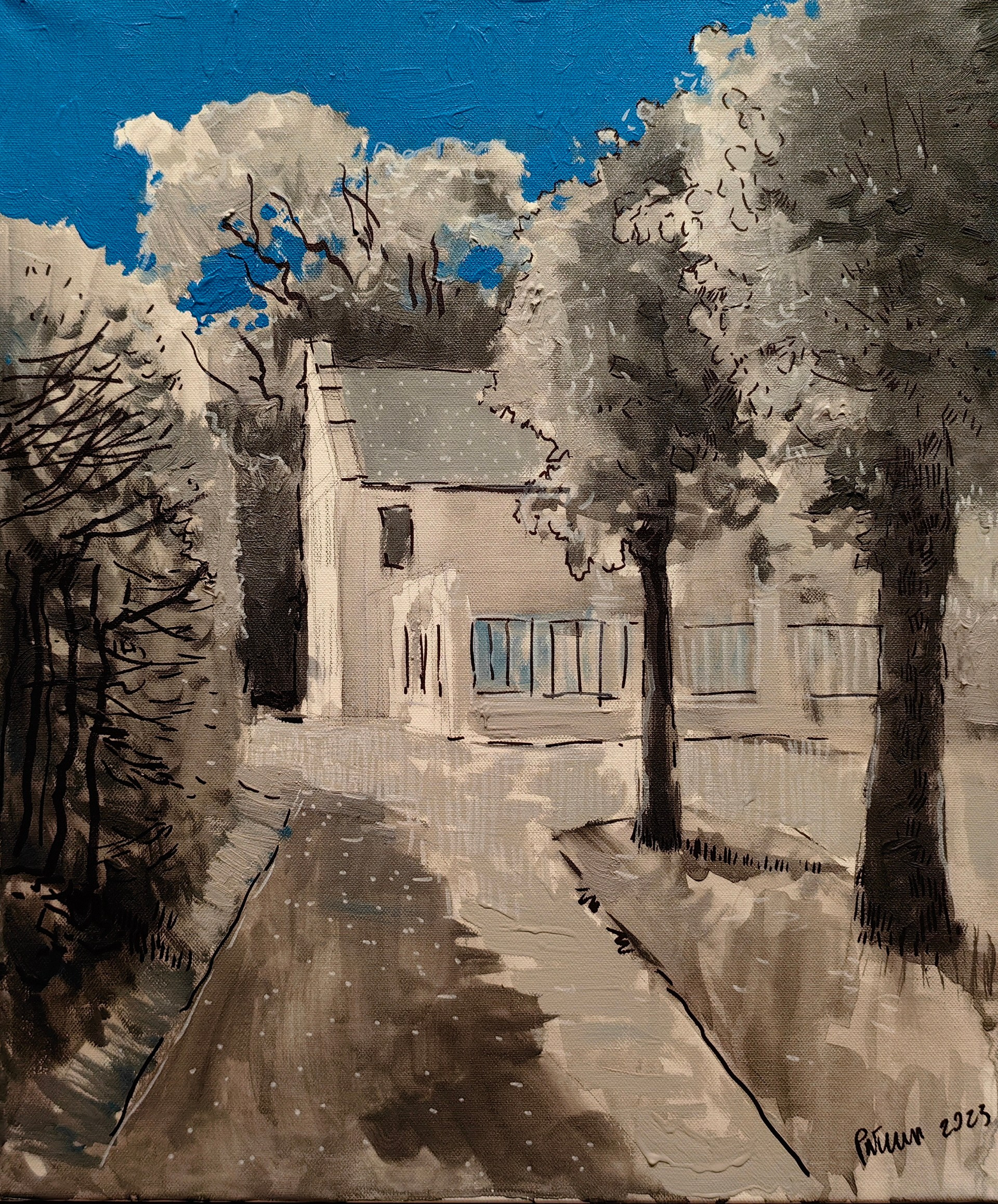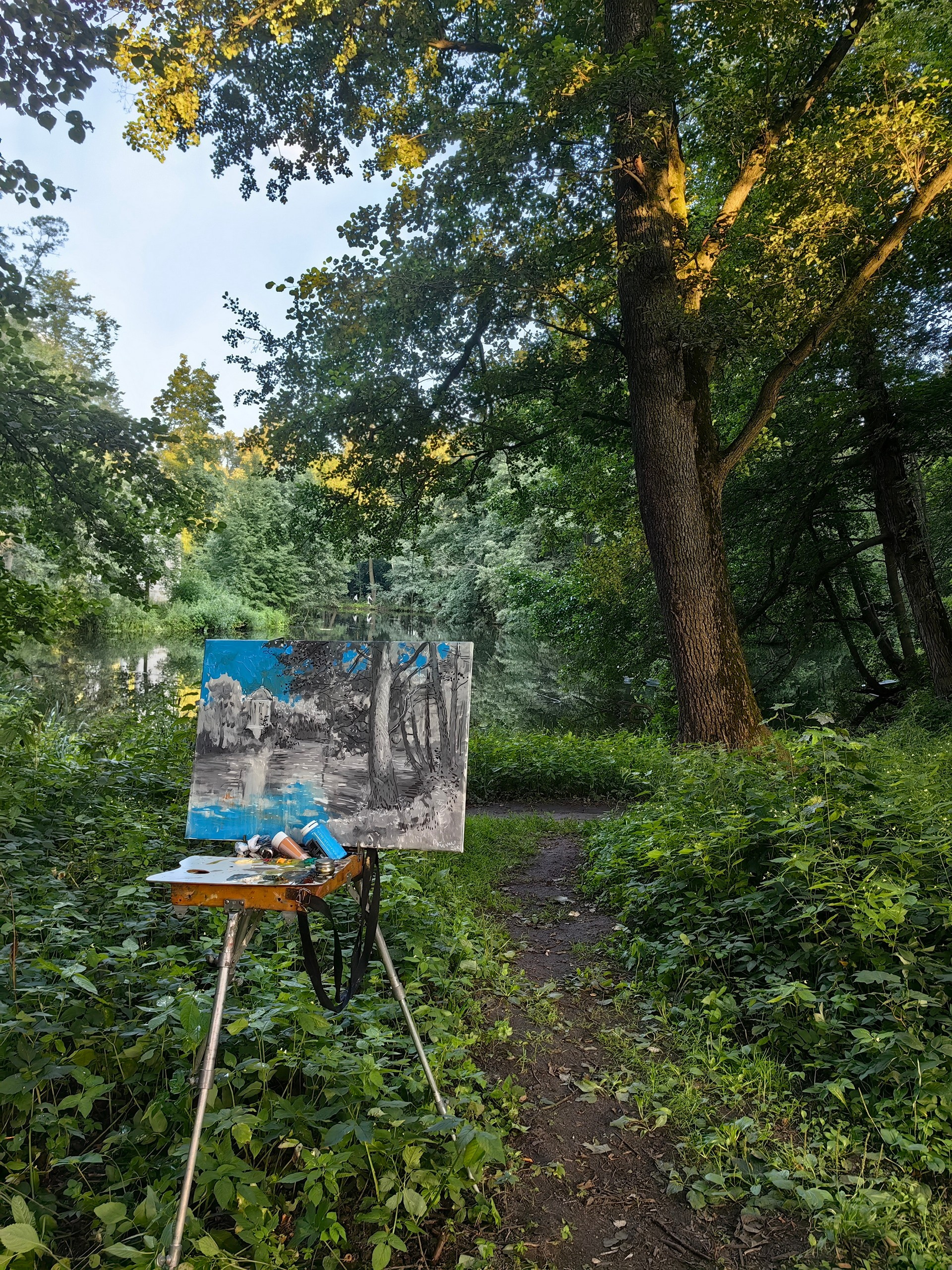At the beginning of the 19th century, thanks to John Constable and Richard Park Bonington, a new type of painting appeared in England — plein-air. This direction became the basis of the aesthetic concept of artists, for whom light and air acquired an independent meaning and purely pictorial interest.
Unlike traditional methods of painting, the subject in plein-air painting is not consciously drawn and is almost not expressed in specific silhouettes. This technique became particularly popular among the French Impressionists, who made significant contributions to its development. Artists such as Camille Corot, Jean-Francois Millet, Camille Pissarro, Pierre-Auguste Renoir and Claude Monet became famous for their skill in plein-air painting.
Since the mid-19th century, Alexander Ivanov, Vasily Polenov, Isaac Levitan, Valentin Serov, Konstantin Korovin and Igor Grabar have been successfully engaged in plein-air painting in Russia. Many of them made plein-air painting the main type of their creativity.
Painting in natural light was known for a long time and was used to create sketches. However, it was among the artists of the Barbizon school and Impressionists that this technique received a new life and became the basis for creating magnificent works of art.
How does the plein air go?
I call you on the phone, and we will determine the place and time for the plein air. I usually do it on weekends. It can be a park in Moscow or a historical city landscape.
You can also write me your questions or call me, and I will be happy to tell you everything.
News

Дом с консольными выносами

Усадьба Остафьево

Кириллов

The house in Renaissance Park 1080 sq. m.

Дом в Карелии 2500 квм

Загородный дом 2000 кв. м. Григорианского стиль
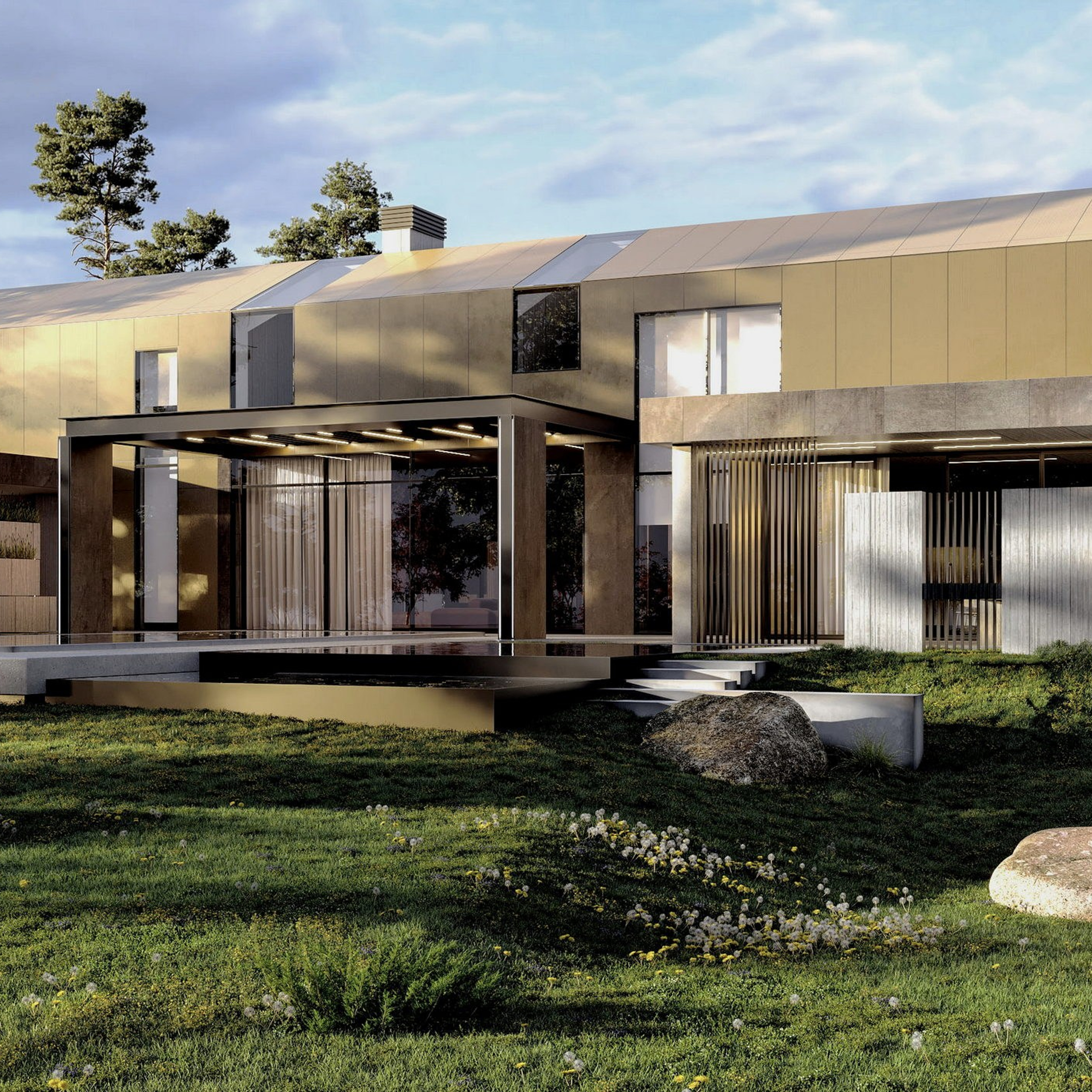
Barn House by Redrobotdesign
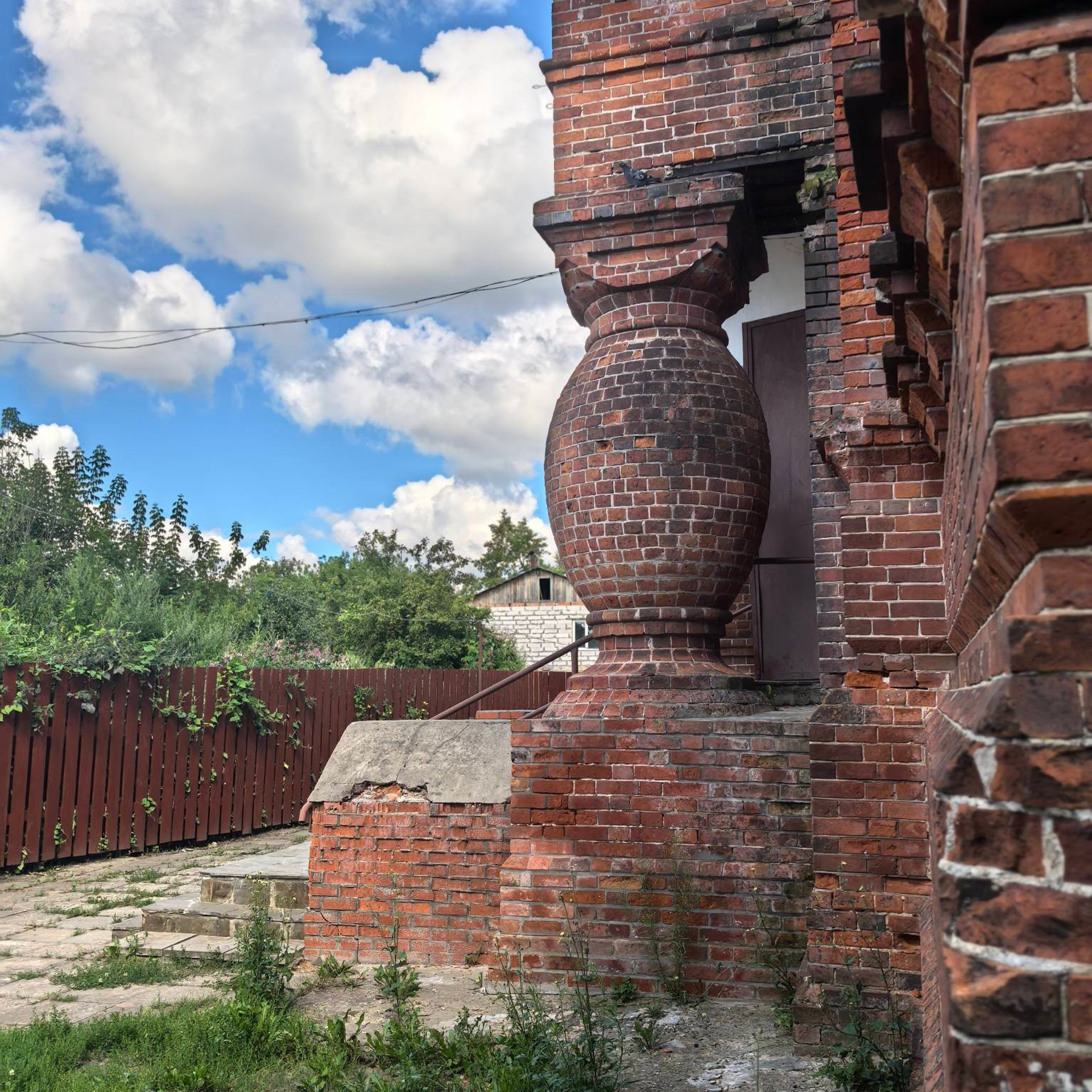
Боровск город старины

Ростов Великий
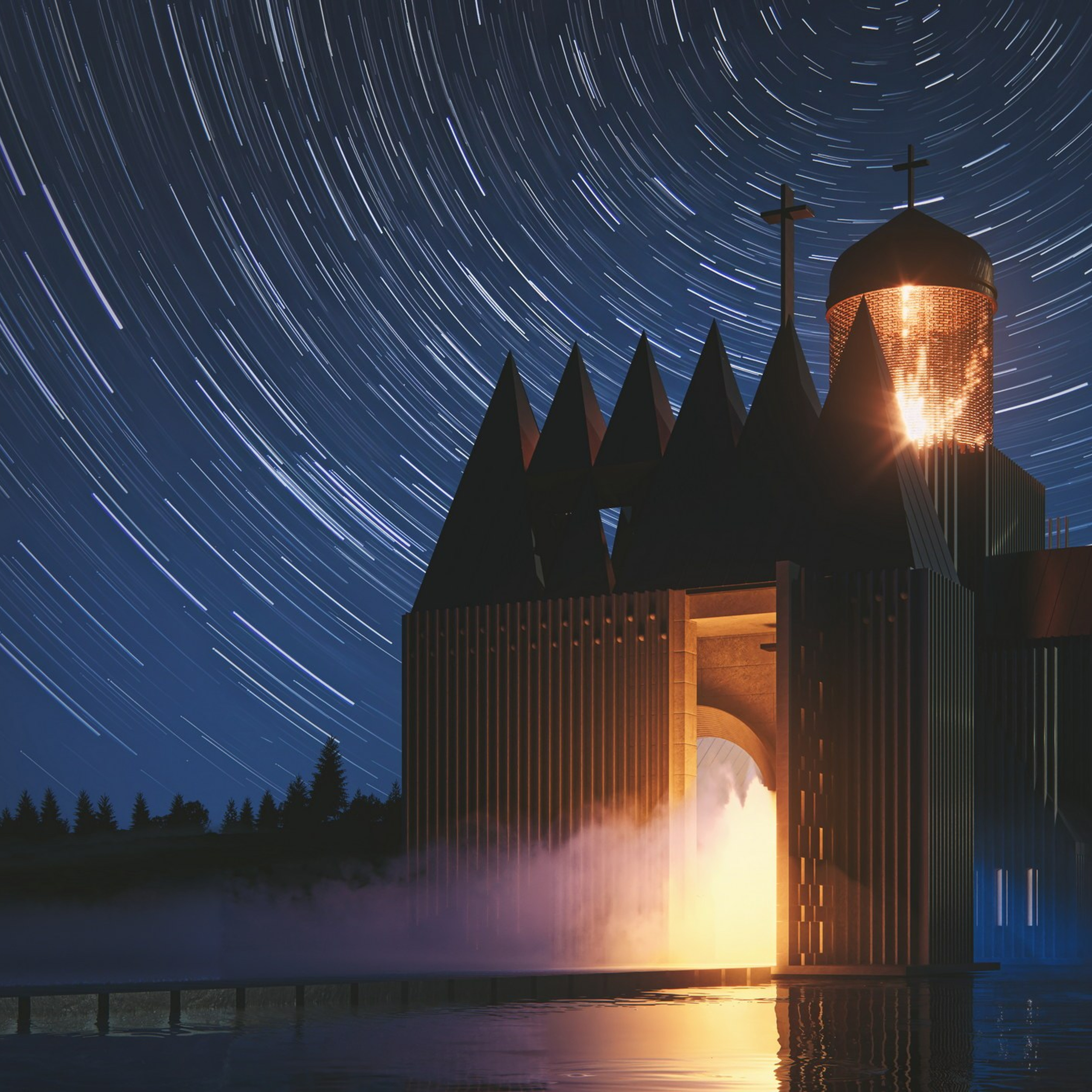
Проект храма «Свет Сквозь Века»
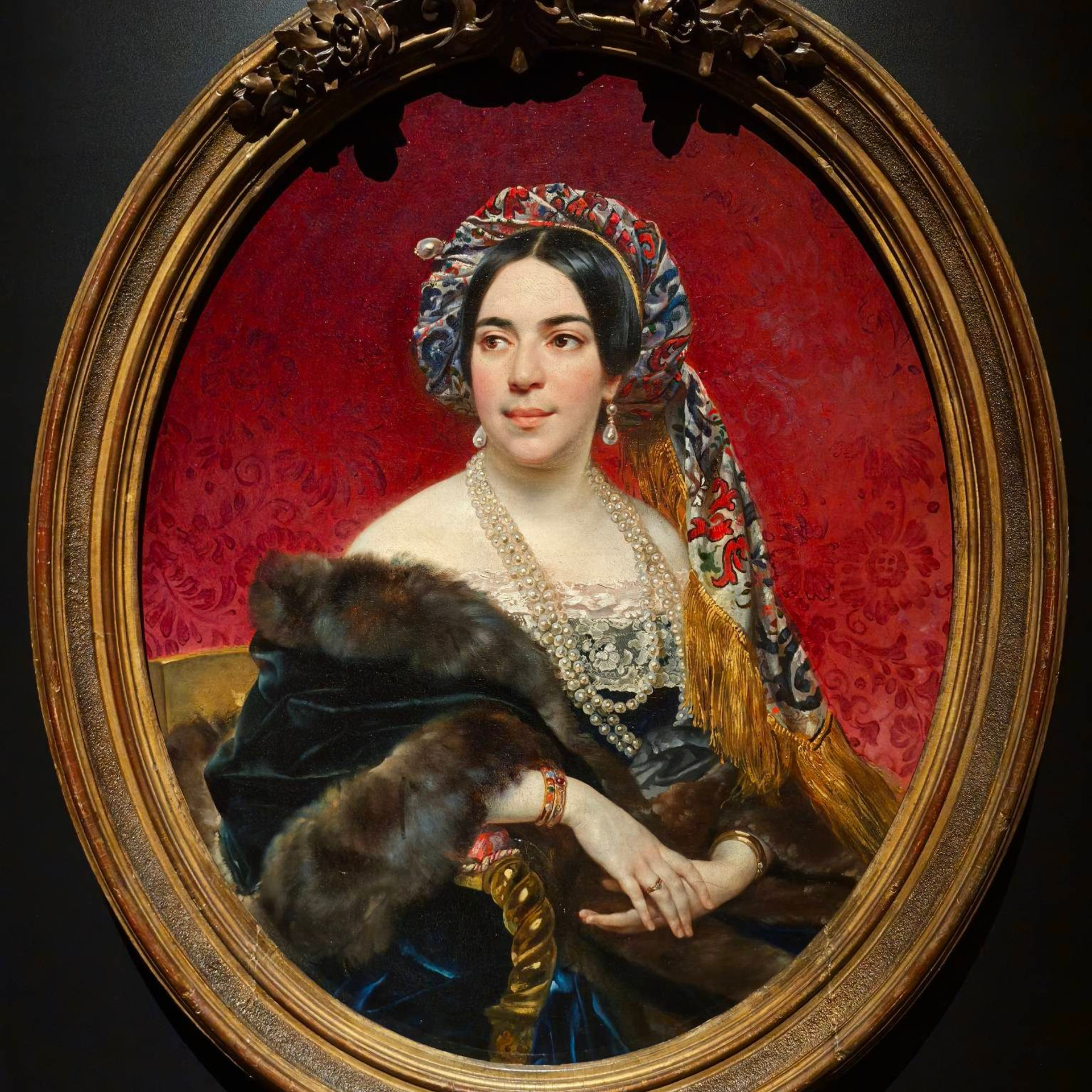
Выставка К.Брюллова в Новой Третьяковке
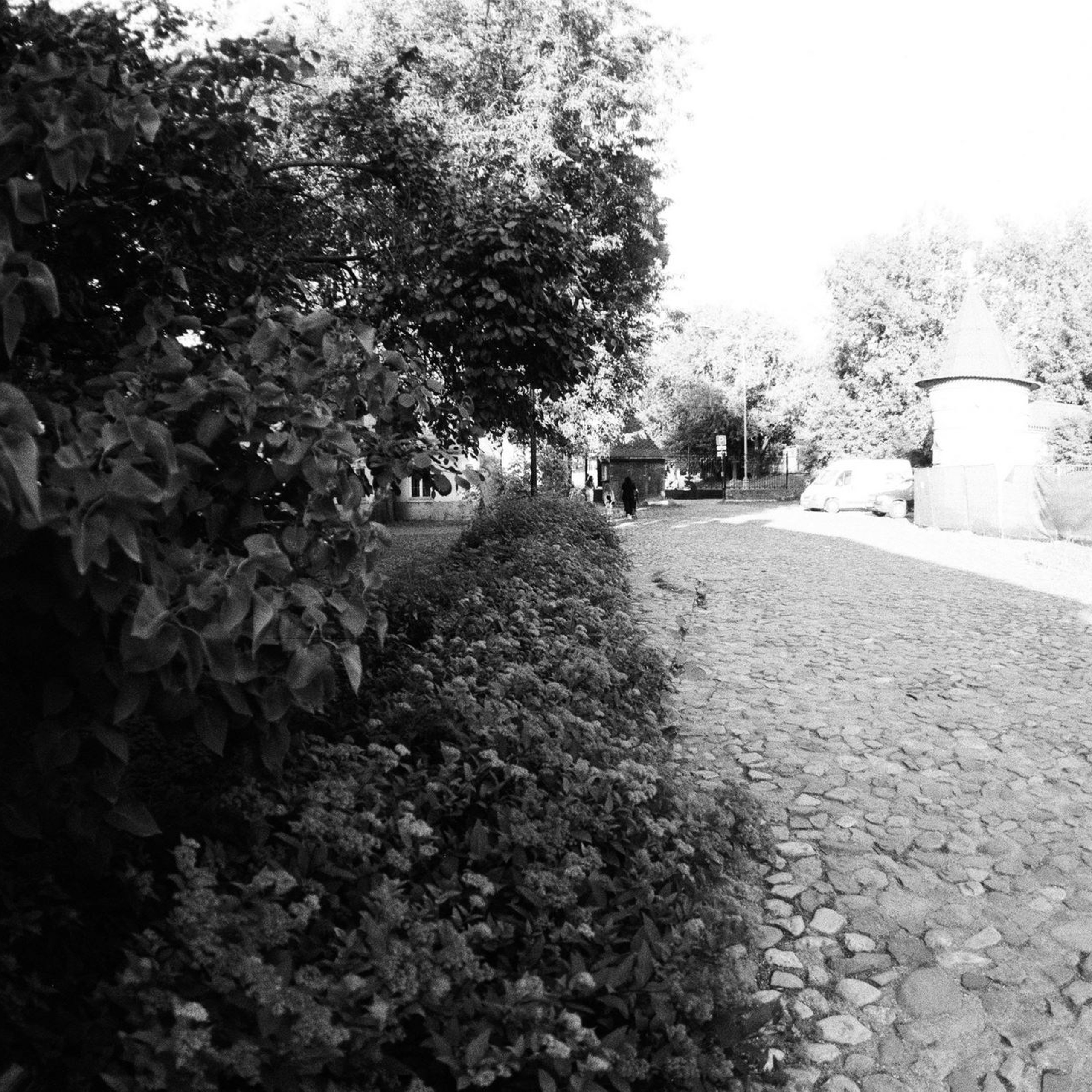
Крутицкая слобода в Москве
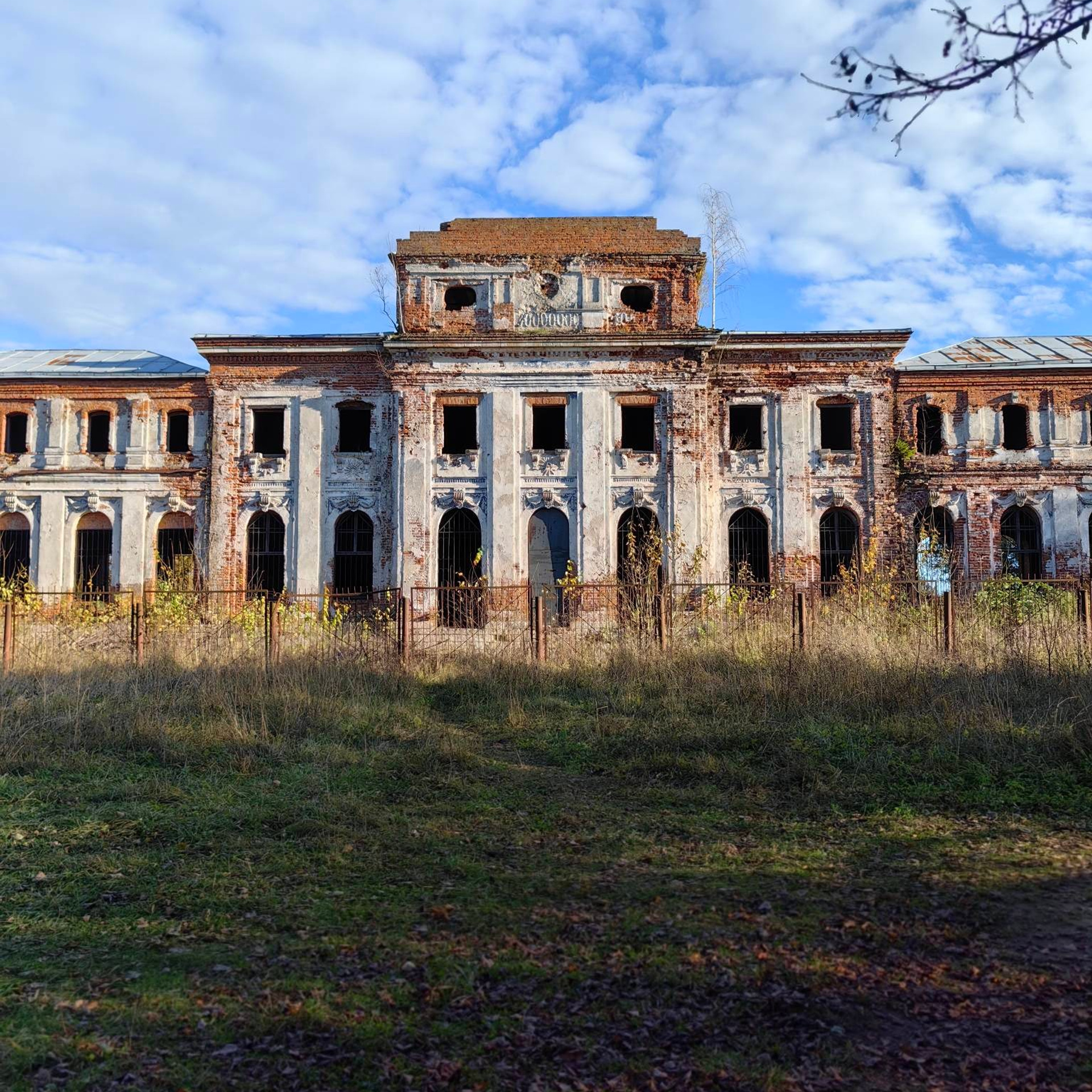
Усадьбы Яропольца

Поездка в Гороховец зимой
